Is recycling the best solution for 3D printing scraps?
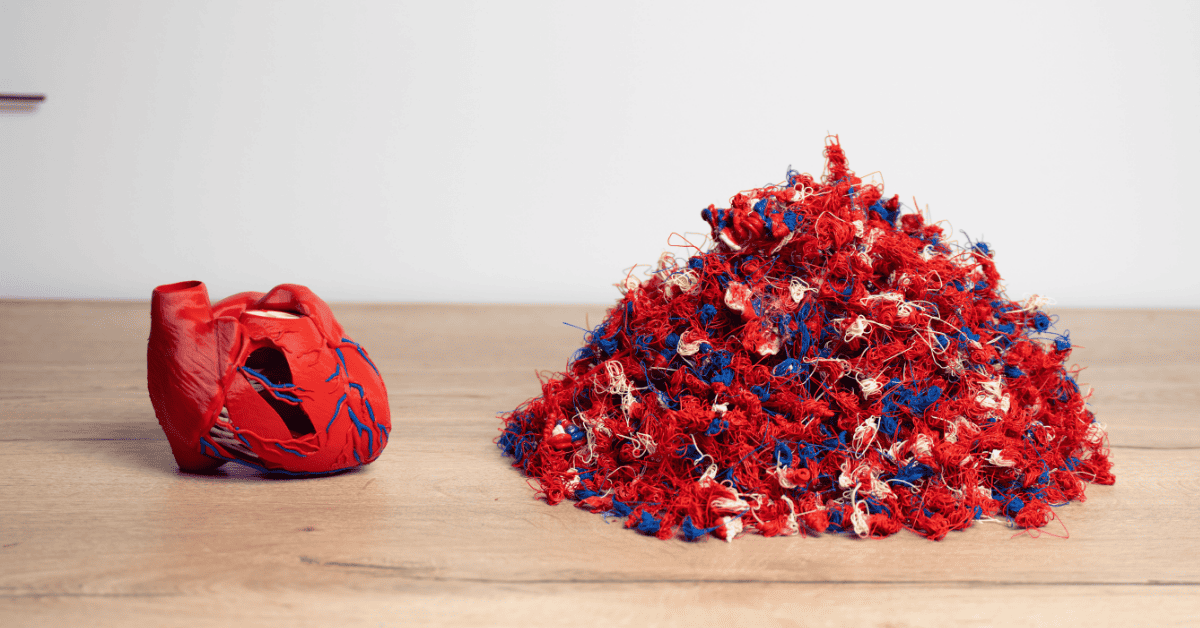
33% of all 3D prints result in waste
In the last ten years, concerns about the environmental impact of human activities have grown steadily. Manufacturing, in particular, has been a focal point of worry due to its significant consumption of natural resources and the vast amount of waste it generates. The emergence of 3D printing has presented a potential solution to these environmental challenges.
As 3D printing expands across various sectors, including manufacturing and healthcare, the associated waste becomes a significant issue, with reports indicating that approximately 33% of all 3D prints result in waste.
This blog delves into the world of sustainable 3D printing, aiming to explore innovative approaches to make the process more environmentally friendly. While the global focus on reducing plastic waste is evident, numerous organizations encounter challenges such as waste management, leftover prints, and local legislative issues.
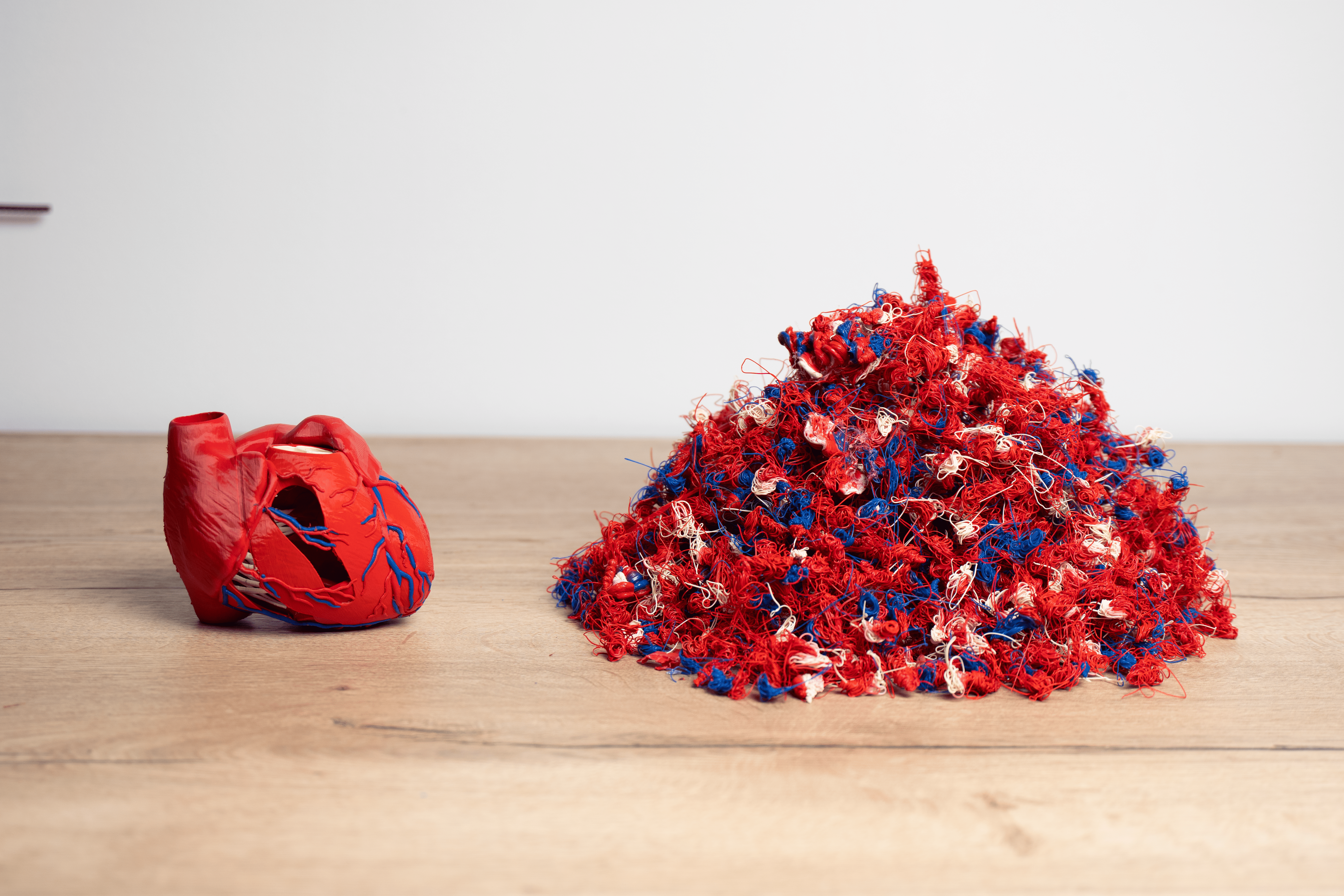
Focus On Sustainable 3D Printing
Despite being seen as a double-edged sword, 3D printing inherently offers a more environmentally friendly production method. It allows for the precise consumption of necessary resources, and the development of sustainable materials is a promising avenue.
As additive manufacturing (AM) relies heavily on technology, its flexibility and adaptability present opportunities for future growth in sustainability. The potential benefits include waste reduction, lower energy consumption, cost savings, and the creation of more sustainable products.
Get To Know Your Printer
Before delving into the sustainable aspects of additive manufacturing, it's crucial to understand the various 3D printing technologies. FormFutura provides 3D printing materials for two commonly used technologies:
- Fused Deposition Modelling (FDM): Melts thermoplastic material through a nozzle to create 3D objects.
- Stereolithography (SLA): Uses a laser to UV cure liquid resin into a solid object, building the object layer by layer.
Each technology has its own advantages and limitations, requiring consideration of the desired outcome, material choice, and application-specific requirements. Read more about differences between, for example PLA vs PETG, in this 3D printing filament guide!
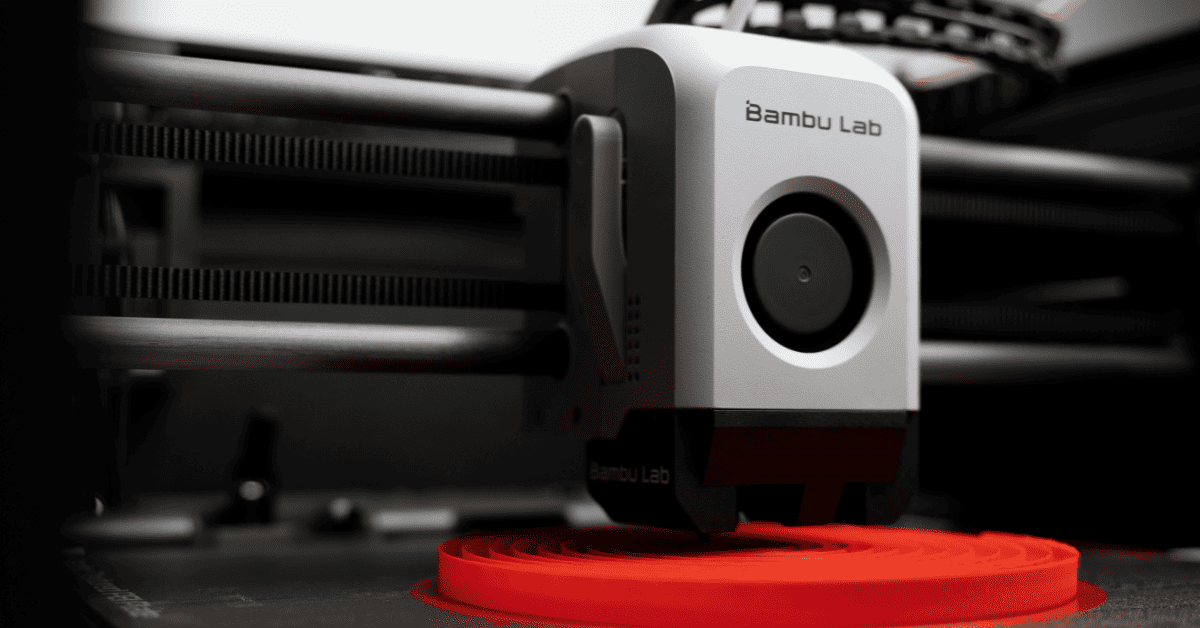
What Can I Do About My 3D Printing Excess
Causes of 3D Printed Waste
Identifying the causes of 3D printed waste is crucial. A survey conducted in early 2019 highlighted that failed prints, support structures, and test prints were the primary contributors to 3D printing waste. This raises concerns about on-demand production potentially leading to a surge in disposable consumer products, often referred to as "crapjects."
The Consumer
Consumers are transitioning from playful prints to purposeful prints, not only adding practicality to their prints, but also contributing significantly to waste reduction. Embracing a shift towards functional designs, allows consumers like you to make a positive impact on the environment by minimizing unnecessary waste.
Multicolour Printing
Multicolour 3D printing offers a visually appealing way to enhance printed objects. To minimize waste while utilizing this technology, consider strategies such as colour palette planning, layer optimization, leveraging gradient features, reusing filament, and designing multifunctional objects. These practices ensure creative benefits while maintaining a sustainable approach within the 3D printing community.
To make the most of this technology while minimizing waste, consider the following tips:
Multicolour Printing Tips
- Color Palette Planning: Efficiently plan your prints by devising a well-considered color palette, aiming to minimize the necessity for frequent filament changes. This approach serves to decrease filament waste linked to transitioning between colors within a single print job.
- Layer Optimization: Explore various layering techniques to attain desired color effects without excessive filament consumption. By strategically incorporating colors in specific layers, intricate designs can be achieved with minimal material usage.
- Gradient and Transition Features: Harness the capabilities of your multicolor 3D printer for seamless color transitions. This not only enhances visual appeal but also mitigates abrupt color changes, reducing the likelihood of wasting color-specific filament.
4. Reuse and Remix: Repurpose leftover filament from previous multicolour prints for smaller projects or experimental designs. Additionally, consider blending filament colours to craft unique shades and colours, fostering a sustainable approach to material utilization.
5. Print Multifunctional Objects: Conceptualize objects with practical or functional applications that naturally integrate multiple colours. This approach showcases the potential of multicolour printing while creating purposeful objects, minimizing the chances of them becoming unused waste.
6. Share Filament: Engage with fellow 3D printing enthusiasts in your community to trade or share left over filaments. This proves to be a cost-effective and eco-friendly method to access a diverse range of colours without the need to purchase full spools for each hue.

Reduce your 3D printing excess
To minimize 3D printing waste, try to adopt eco-friendly practices such as optimizing print settings, printing multiple objects in a single job, using recycled or biodegradable filaments, and designing modular components for reusability. Focusing on ways to reduce 3D printing waste contributes to a more sustainable economy, transforming waste back into usable material.
Consider printing multiple objects in a single job to maximize the use of the print bed and minimize leftover material. Embrace the use of recycled or biodegradable filaments like our ReForm products, which can mitigate the environmental impact of discarded prints.
Lastly, explore designs that incorporate modular or customizable components, allowing for the reuse of printed parts in different projects, further reducing overall waste in the 3D printing process.
Tips to Reduce 3D Printing Waste
Optimize Print Settings: Adjusting your 3D printer settings can significantly reduce material waste. Use the minimum amount of support material necessary and optimize infill patterns. Lowering layer heights can also enhance print resolution, reducing the need for excess material.
Print Multiple Objects Simultaneously: Combine multiple smaller objects into a single print job. This reduces the overall amount of support material and minimizes wasted space on the print bed. Additionally, you can experiment with arranging objects strategically to optimize printing efficiency.
Design with Minimalism in Mind: When creating 3D models, design with minimalism to reduce the amount of material required. Hollow structures, thinner walls, and lightweight infills can be used judiciously to maintain the structural integrity of the print while minimizing material consumption.
4. Implement Print Recovery Techniques: Integrate features such as print pause and recovery into your 3D printing process. If a print fails or is interrupted, these features allow you to resume printing from where it left off, reducing the need to discard partially completed prints due to minor issues.
5. Use Filament Wisely: Optimize the use of filament by avoiding unnecessary rafts or brims. Choose the right type of filament for the specific project requirements, as different materials have varying levels of waste. Additionally, consider using spool-less filament systems to eliminate the need for traditional spools, which can contribute to waste.
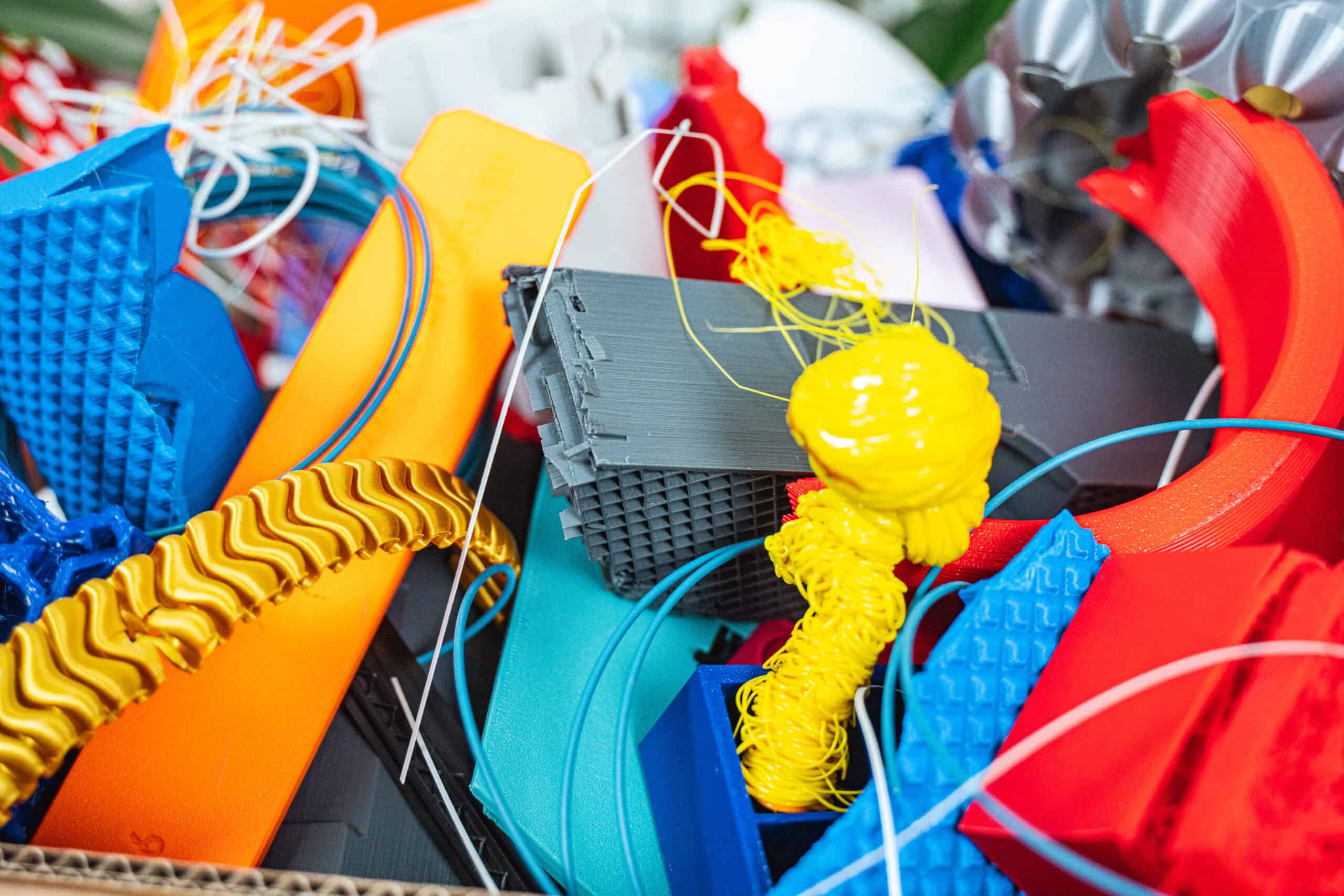
Reuse your prints, material and excess waste!
ReForm rPLA emerges as a commendable solution focussed on sustainable 3D printing practices. Representing a significant stride towards minimizing environmental impact. This innovative 3D printer filament stands out as a recycled PLA variant, crafted from the post-industrial extrusion waste streams derived from our EasyFil PLA filaments. By adopting ReForm rPLA, users actively contribute to the reduction of 3D printing waste.
The utilization of recycled materials in ReForm rPLA underscores a circular economy approach, where waste is repurposed and reintegrated into the production cycle. This not only curtails the demand for new resources, but also diverts materials from landfills, promoting a more sustainable and responsible approach to 3D printing.
Another approach to reuse 3D printing waste is to collect and store failed prints, supports, and unused filaments to be melted down and reused for future projects. Establish a designated area for storing these materials, making it easier to identify opportunities for repurposing.
Embrace the concept of upcycling by transforming discarded prints into functional or artistic items, such as turning failed prints into mosaic artwork or utilizing scrap materials to create prototypes or small-scale projects.
Collaborate with local maker communities or online platforms to share excess materials or unfinished prints with others who may find value in repurposing them.
By adopting a mindset of reuse and collaboration, individuals can significantly reduce the environmental impact of 3D printing waste while fostering a sense of community and creativity within the maker ecosystem.
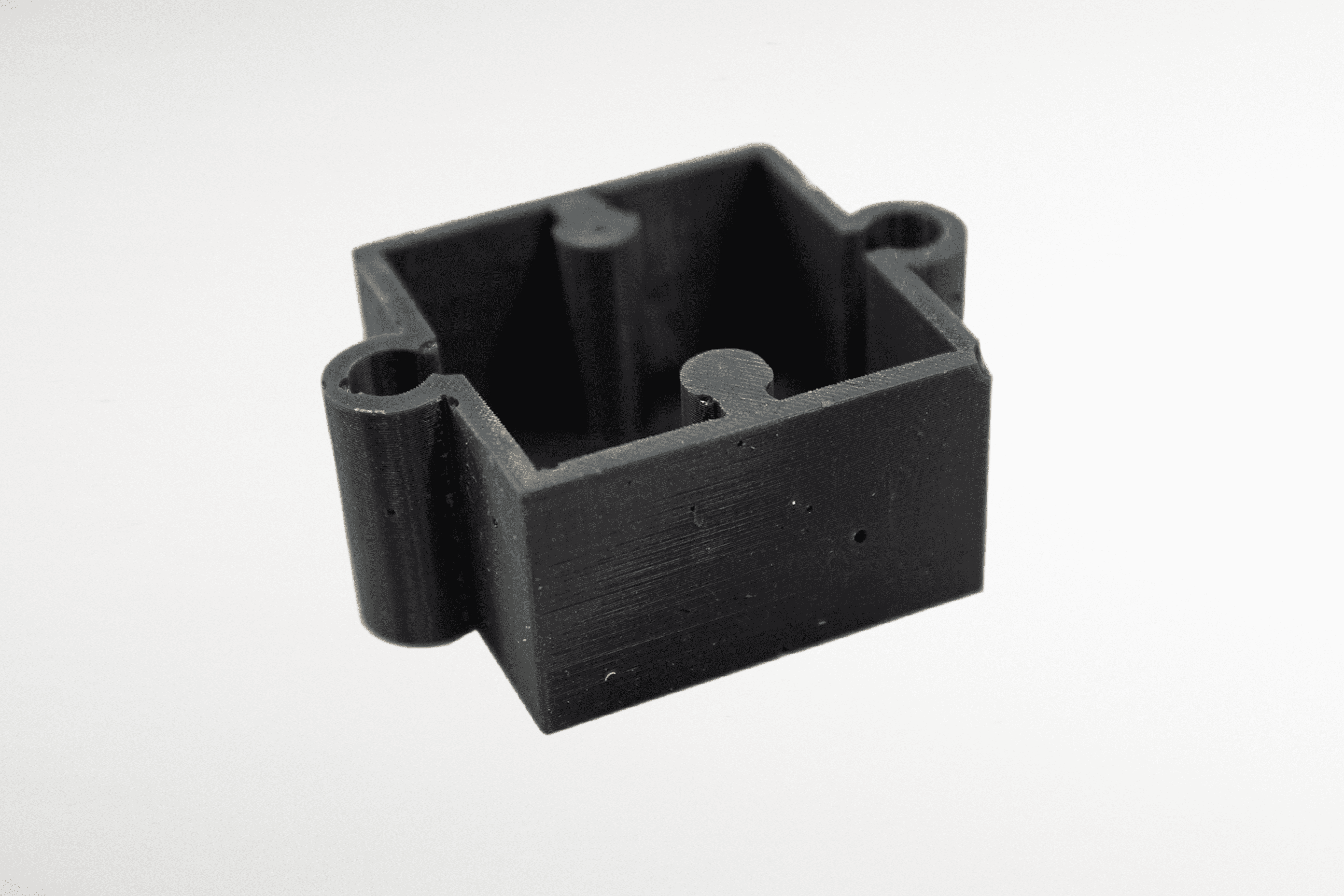

Recycle your failed prints and excess waste!
A significant advantage of 3D printing is that it produces less waste than traditional manufacturing processes. Conventional, substrative processes involve cutting, drilling, and shaping raw materials to create the desired product.
This often generates a significant amount of waste, as much of the raw material is simply discarded during the process. In contrast, 3D printing, because of its additive nature, only uses the amount of material that is needed to create the product. The printing process is precise and efficient, ensuring that very little, if any, material is wasted. 3D printing is said to produce between 70% and 90% less production scrap compared to some traditional manufacturing methods.
Recycle program
Despite the numerous advantages of 3D printing, the two most commonly used filaments, PET(G) and PLA, cannot be recycled by most municipal street recycling programs.
The reason for this is that according to the ASTM International Identifier Codes, both of these plastic types falls into the challenging Type 7 plastics category. Which, as a result, failed 3D prints cannot be simply discarded in regular rubbish bins. However, independent plastic recycling and processing companies do exist, accepting materials not processed by local collection services. Yet, these materials are often not accepted by these companies if they come from an unverified source.
At FormFutura, we've always been committed to sustainability in the 3D printing world. Despite all the actions we have taken to lower our environmental impact, we also recognize the need for responsible disposal of materials. That's why we have decided to take matter in our own hands, and are happy to introduce.

Tips and tricks
As a supplier of 3D printing materials, we suggest to first focus on choosing the right material, as this is key to achieving a successful 3D print. To help you get started, we wrote a helpful 3D printing material guide: PLA vs PETG. Obviously, if the printed object is a concept sketch or a prototype, it rarely matters, and we recommend our PLA products. However, for serial production and commercial products, it is crucial to first carefully select the material, immediately followed by determining the printing technology to be used.
Among the materials for 3D printing that are considered to focus sustainable are those that have already been recycled, are renewably sourced or biodegradable. Here are some examples:
- PLA: is a bio-based plastic derived from natural resources such as cornstarch or sugarcane. Certain grades are biodegradable. It is one of the most popular materials for 3D printing because it is easy to print and produces high-quality prints.
- Recycled filaments - ReForm: these are made from recycled plastic materials, such as PET bottles, ocean plastics or waste from other manufacturing processes. Recycled filaments are an eco-friendly option, as their use reduces waste, keeps valuable resources from ending up in landfills, and promotes a circular economy.
- Wood-based filaments like BioFil Wood and EasyWood: are made from recycled wood particles mixed with a binding agent. They can be biodegradable and create a natural-looking finish.
An important note in this regard: the use of compostable filaments is not a licence to litter. In all cases, appropriate end-of-life disposal routes must be established, even if a product comes with degradable properties. In that case, proper disposal - in the organic waste stream - should be ensured.
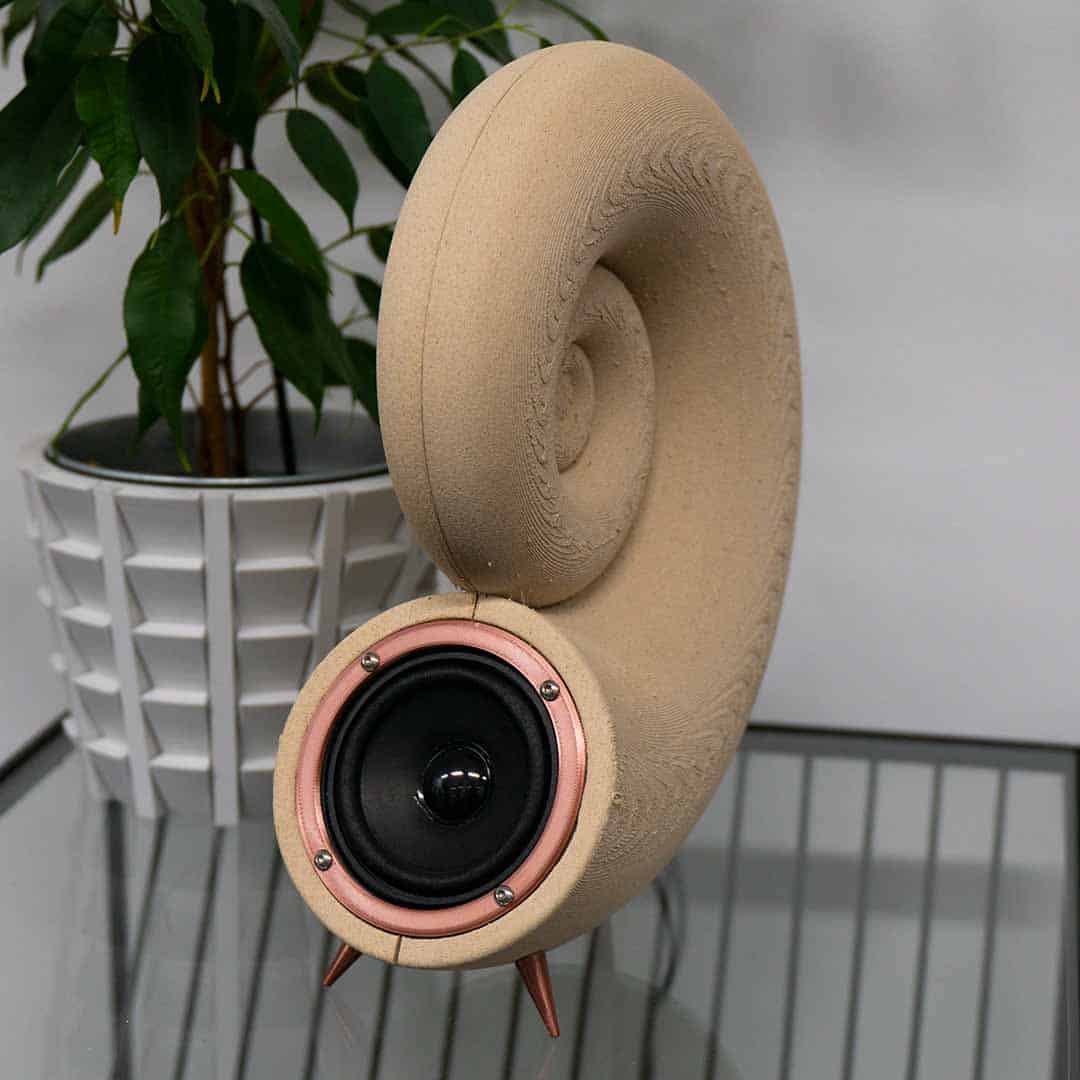

BioWood
EasyWood
500g & 2000g
500g & 2000g
1.75mm
1.75mm
From €29,95
From €29,95
Trends and innovations
Additive manufacturing is very effective for producing a small number of specialized parts or products. Its potential environmental advantages currently lie in making spare parts on demand, and especially in creating specialized parts that reduce energy consumption of products during use. Other gains may be realized as technologies continue to advance.
Despite claims made about the environmental benefits of this technology, it is important to realize that these systems have not been designed with environmental efficiency in mind. While some 3D-printing applications may not be environmentally desirable, there are many opportunities for improvement that have not yet been pursued. The first step is more research on the environmental impacts of producing materials used in 3D printing, how 3D products are used, and the wastes they generate.
ReFill
FormFutura's ReFill 2.0 system, minimizes waste while delivering top-notch 3D printing materials. But the real hero here is sustainability. By ditching disposable spools, ReFill 2.0 slashes packaging waste by an impressive 80%, simultaneously reducing shipping costs by 25% for 750g coils and a whopping 126% for 2KG coils. Beyond its green credentials, ReFill 2.0 ensures ease of use, compatibility with popular AMS systems, and a promise of larger sizes in the pipeline.
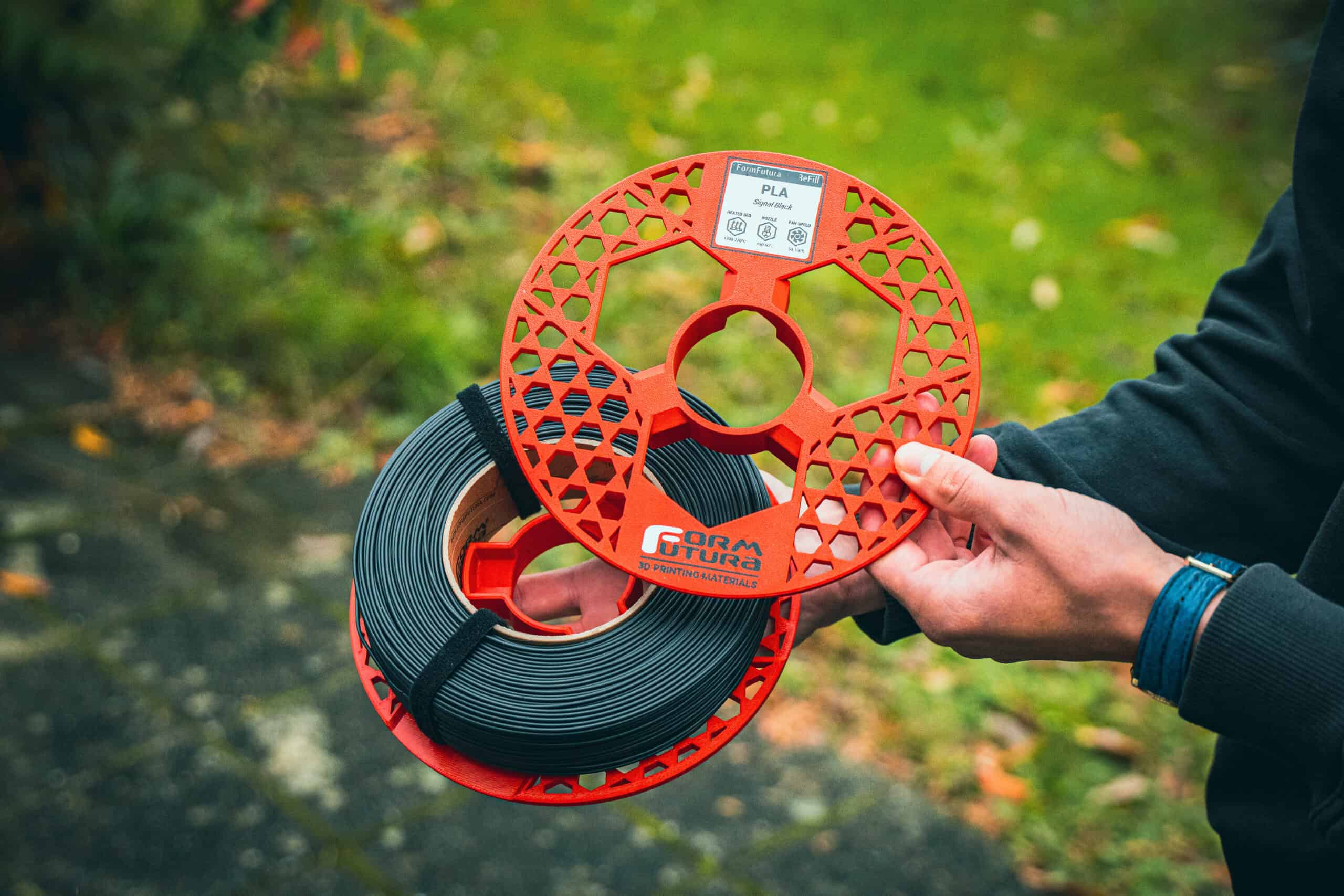
ReForm
Embrace sustainability in your 3D printing journey with FormFutura's ReForm filament range. By opting for ReForm's industrial-sized cardboard spools, whether you're working on small-scale projects or larger endeavours, you significantly reduce your environmental footprint. This filament not only prioritizes the planet but also offers convenience and versatility, catering to various printing needs and seamlessly integrating with popular AMS systems.
The commitment to sustainability is rooted in the Netherlands, manufactured according to ISO 9001:2015 standards, ensuring high-end quality.
Choosing ReForm isn't just about being eco-friendly; it's a practical decision that proves sustainability doesn't come at a higher retail price. Let's collectively reform additive manufacturing by choosing ReForm – where high-end meets eco-friendly, and affordability is key.

